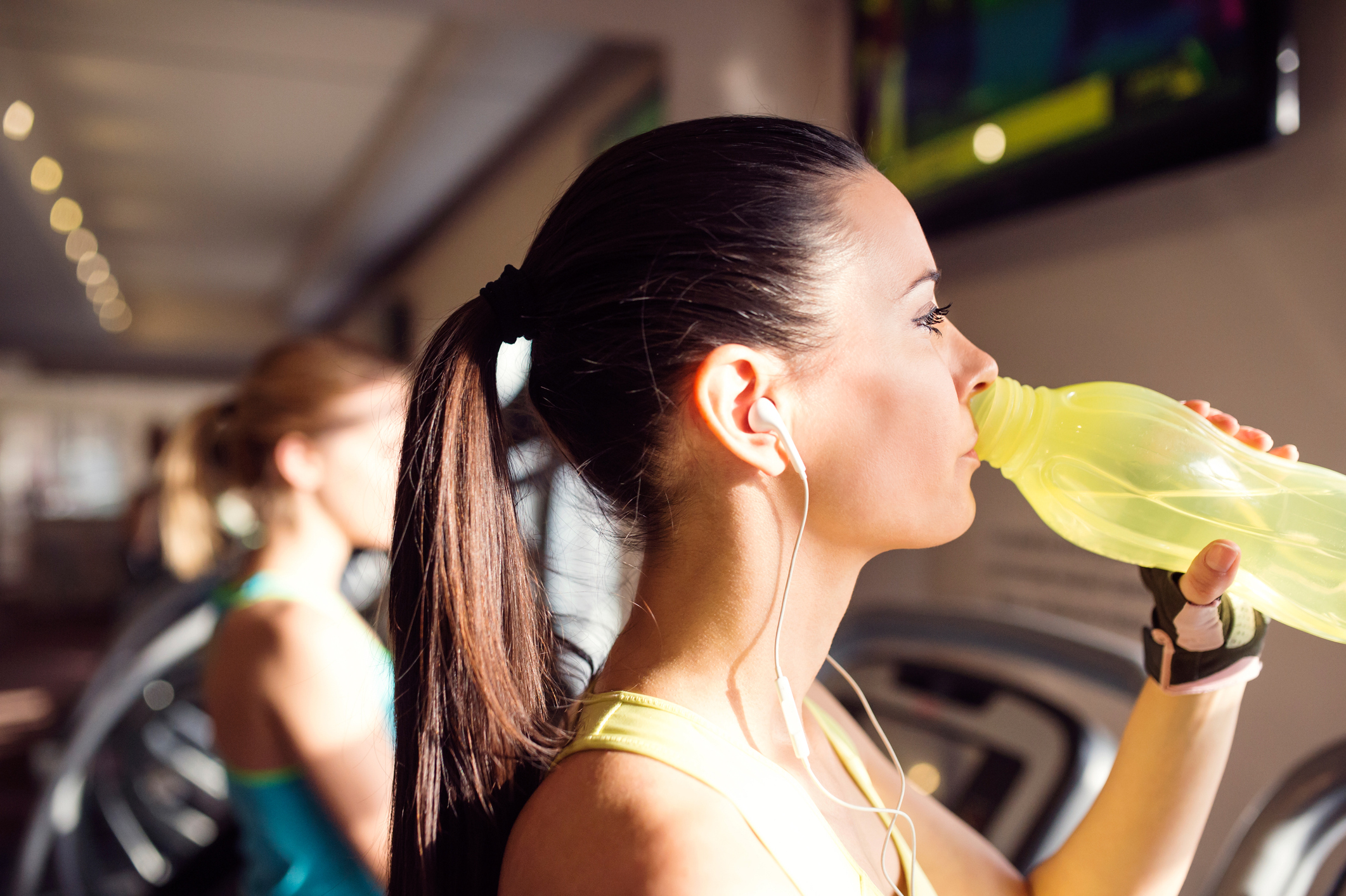Sweating and Fluid Replacement

The physiology of sweating is a complex paradigm underpinned by the sympathetic nervous system. When the body temperature rises, the sympathetic nervous system triggers the eccrine sweat glands to secrete water to the skin’s surface. This is referred to as eccrine sweating. In turn, this has a cooling effect through evaporation. Collectively, these processes form the thermoregulation system and contribute to the maintenance of homeostasis (Cui & Schlessinger, 2015). Thermoregulation tightly controls the internal body temperature, independent of external temperatures, as regulation of the body’s temperature is imperative for survival. The normal core body temperature is around 98 degrees Fahrenheit and represents the optimal temperature for the functions that take place in the human body’s systems. “Thermoregulation is crucial to human life; without thermoregulation, the human body would cease to function” (Osilla et al., 2022).
During periods of prolonged exercise, there is progressive water and electrolyte loss from the body as a result of eccrine sweating. A 1999 review suggested that preventing a water deficit can be achieved by consuming between 400mL and 600mL of fluid 2 hours before exercise. These recommendations were made as this volume of fluid should prevent the body’s dehydration from exceeding 2% body weight. Depending on the level of sweating, it is also advised to consume small amounts of fluid, typically between 150mL and 300mL, for every 15 to 20 minutes of exercise (Latzka & Montain, 1999). Fluid replacement is required to re-establish the normal total body water, referred to as euhydration, as if the fluid lost during sweating is not replaced, then athletic performance is adversely affected and can also pose a substantial risk to health (Maughan & Shirreffs, 2010). Hypohydration starts to impair aerobic performance when a person’s skin temperature exceeds 81 degrees Fahrenheit, with each additional 1 degree increase causing a further 1.5% impairment. The impact of hypohydration is exacerbated during warm-hot high-altitude environments (Sawka et al., 2015).
Although consumption of water alone is a sufficient measure for fluid replacement in small bouts of exercise, prolonged exercise requires electrolyte replacement in addition. There are several goals of electrolyte replacement, including sustaining body water. However, the primary role of electrolyte replacement is to provide an exogenous carbohydrate source to maintain carbohydrate oxidation and sporting performance (Shirreffs & Sawka, 2011). If electrolytes are not replaced following excessive sweating, hypohydration may occur and increase both cardiovascular and thermal strain. This causes a degraded aerobic performance (Shirreffs & Sawka, 2011). Fluid and electrolyte replacement is especially important when spending time in hot climates. In these cases, sweat output often exceeds water intake, and additional water consumption is recommended. The alteration in climate can result in exercise heat stress, with hypohydration increasing heat storage and decreasing the ability to tolerate heat strain (Sawka & Montain, 2000).
A 2004 study investigated the fluid and electrolyte intake and loss in elite soccer players during training, with sweat loss evaluated from changes in body mass. The findings observed demonstrated that the total mean sweat loss was 2033ml, with a mean fluid intake of 971ml. The primary electrolytes lost were sodium, potassium and chloride, with sodium levels experiencing the greatest decline (Maughan et al., 2004). The addition of sodium to sports drinks is, therefore, warranted and has been widely recommended to not only enhance fluid intake and absorption but also to delay fatigue during exercise. Other electrolytes commonly lost through sweating, including potassium and chloride, are also added (Brouns et al., 1992).
Eccrine sweating and the process of thermoregulation are imperative to human survival. However, during periods of prolonged exercise, this homeostatic process often leads to excessive fluid and electrolyte loss. Therefore, comprehending the importance of fluid and electrolyte replacement is crucial to maintain optimal aerobic performance and preventing hypohydration from occurring. Sports drinks and other electrolyte supplements ensure that the body’s levels of sodium, potassium, and chloride and maintained throughout physical activity.
Dan Tatro-M.S.-CSCS
CEO – OC FITNESS COACH
REFERENCES
Brouns, F., Saris, W., & Schneider, H. (1992). Rationale for upper limits of electrolyte replacement during exercise. Int J Sport Nutr, 2(3), 229-238. https://doi.org/10.1123/ijsn.2.3.229
Cui, C. Y., & Schlessinger, D. (2015). Eccrine sweat gland development and sweat secretion. Exp Dermatol, 24(9), 644-650. https://doi.org/10.1111/exd.12773
Latzka, W. A., & Montain, S. J. (1999). Water and electrolyte requirements for exercise. Clin Sports Med, 18(3), 513-524. https://doi.org/10.1016/s0278-5919(05)70165-4
Maughan, R. J., Merson, S. J., Broad, N. P., & Shirreffs, S. M. (2004). Fluid and electrolyte intake and loss in elite soccer players during training. Int J Sport Nutr Exerc Metab, 14(3), 333-346. https://doi.org/10.1123/ijsnem.14.3.333
Maughan, R. J., & Shirreffs, S. M. (2010). Development of hydration strategies to optimize performance for athletes in high-intensity sports and in sports with repeated intense efforts. Scand J Med Sci Sports, 20 Suppl 2, 59-69. https://doi.org/10.1111/j.1600-0838.2010.01191.x
Osilla, E. V., Marsidi, J. L., & Sharma, S. (2022). Physiology, Temperature Regulation. In StatPearls. StatPearls Publishing Copyright © 2022, StatPearls Publishing LLC.
Sawka, M. N., Cheuvront, S. N., & Kenefick, R. W. (2015). Hypohydration and Human Performance: Impact of Environment and Physiological Mechanisms. Sports Med, 45 Suppl 1(Suppl 1), S51-60. https://doi.org/10.1007/s40279-015-0395-7
Sawka, M. N., & Montain, S. J. (2000). Fluid and electrolyte supplementation for exercise heat stress. Am J Clin Nutr, 72(2 Suppl), 564s-572s. https://doi.org/10.1093/ajcn/72.2.564S
Shirreffs, S. M., & Sawka, M. N. (2011). Fluid and electrolyte needs for training, competition, and recovery. J Sports Sci, 29 Suppl 1, S39-46. https://doi.org/10.1080/02640414.2011.614269



